Editor's note: Prior to the early 1990s, the popularity of multicolor offset printing presses was still relatively low. Most of the printing equipment used by many printing companies were homemade monochrome offset presses and two-color offset presses. With the increase of the printing workload, some manufacturers have begun to adopt multiple offset printing machine "flowing operations" method, and carried out a variety of combinations. In recent years, with the popularity of four-color and multi-color offset presses, such "flowing" printing methods have not been frequently used. However, some of these methods and experiences may still be helpful to some printing companies. Here we will give you a brief introduction to the practice of the year:
I. Selection of printing equipment participating in “flowing operations†According to the specific conditions of our printing equipment (mostly offset printing machines produced by “Northern peopleâ€), any offset printing machine of our factory that participates in “flowing operations†is either a two-color machine or a single machine. Color machines are all manufactured using "Northern" machines (two-color machines are "03" machines and "05" machines, and monochrome machines are "08" machines). The main reason is that the relevant parameters of the impression cylinders, blanket cylinders, and plate cylinders of the three offset presses produced by Beiren are exactly the same. Only in this way can the “blot†of two or more offset presses be guaranteed to the maximum extent. The length is consistent, ie the degree of “stretching†or “imprinting†is consistent (of course, it is based on rational packing). In addition, the front gauge and side gauge of the three offset presses are exactly the same, which can ensure the positioning consistency of the paper on two or more occasions, which is conducive to accurate overprinting.
Second, the adjustment of the offset press "two-machine flow operations" or "multi-machine flow operations" need to focus on solving the mutual overprint between the machine and the machine. Once the press has been selected, the adjustment of the two or several offset presses of the same “line†before printing is crucial. Our approach is:
The technical staff in the workshop are responsible for leading all the pilots of the relevant machines (if two two-color offset presses are produced in two shifts, then there are four leading machines). The relevant offset presses are uniformly adjusted so that each leader is able to We can fully understand and master the situation of other machines and know what to do, which is more conducive to the reasonable connection between the front and rear machines and the two classes of the same machine. After the adjustment, each machine is not allowed to adjust by the operator. If there is a problem in the work and must be adjusted, it can only be directly in the floor of the workshop technicians, fully understand the relevant conditions of the machine and the print and combine The production process developed in advance will be fully considered and adjusted accordingly. It will also be timely communicated with the leaders of other relevant machines. The specific adjustment method is as follows:
1, the pressure adjustment First of all, according to the production process, and comprehensive consideration of the thickness of the printed sheet, the surface smoothness and the size of the ink area and a series of conditions, determine the printing pressure of each machine (in most cases to maintain the same pressure). Machines and "individual battles" are absolutely not allowed. As a result, the pressure of the printing outlets' machines is too light, and the printing of large-area machines on the ground has blindly increased pressure.
After the pressures of the impression cylinder and the blanket cylinder and the pressure of the blanket cylinder and the plate cylinder are determined, the center distance of the three rollers is carefully adjusted, and the plate cylinder and the blanket cylinder are accurately covered. The blanket lining thickness and backing material of the blanket cylinder and plate cylinder of the machine must be strictly consistent (some prints are intended to slightly thicken the first-color plate cylinder liner to overcome the paper pull-up phenomenon). except). The purpose of doing so is to ensure that each offset press prints "the print is as large as the original and is not afraid of overprinting." This shows that everyone recognizes the importance of changing the length of the "imprint" to overprint.
In order to ensure that the "blot is as big as the original", we have made a lot of effort. In addition to the strict adjustment of the machine, in order to facilitate the inspection, the size of the original is also recorded on the film at the time of plate making. In such printing and printing processes, the gap between the actual size of the original print and the actual size of the original print can be accurately known so that it can be accurately and timely adjusted.
2. Adjustment of rules We all know that the accuracy of the former regulation and the regulation of the lateral regulation is the key to affecting the overprinting industry. For the “two-machine or multi-machine flow operationsâ€, the adjustment of rules is even more important. Sloppy and careless.
First of all, the amount of creping that adjusts the teeth of all related machines on the basis of keeping the two front gauges parallel to the axis of the impression cylinder must be the same, and the front gauge should be kept exactly the same from the height of the output paper table. The side guide stop paper must be adjusted to the position perpendicular to the front rule, and also adjust the position of the side rule of the relevant printing press on the side axis (going and going position) and pull the paper force, draw time and draw the paper to make it consistent . In addition, details such as the flatness of the feeder table, the position and tension of the output tape, the pressure and position of the pinch roller and brush wheel should be carefully adjusted. We believe that only in this way can we ensure that the positioning of the paper is both accurate and consistent, and that only the paper feeders with the same level of flatness can ensure that the paper is in the “embossing zone†state, which is consistent with the creation of overprints. The favorable conditions and to a great extent avoid the drawbacks of "swing angle".
It should be pointed out that once the location of the front and side regulations has been determined, no matter which offset press is not allowed to make any adjustments, especially for the former regulations, adjustments are never allowed. Only minor adjustments can be made to the side gauges if the paper cutting accuracy is very high. However, it must be approved by the specific workshop technicians and commanded by the site, and it must be fully communicated with the other leaders. At the time of loading, it is only possible to adopt the method of “pulling the plate†to “find the rulesâ€, and it is absolutely impossible to align the printing plates by adjusting the rules “seeking platesâ€. This may seem like a hassle, but it is also necessary to ensure that the overprint is accurate or worthwhile.
3. Adjusting of the gripper The adjustment of the gripper includes the adjustment of the pad of the impression cylinder, the transfer paper and the receiving pad, and the adjustment of the pad and the gripper. Only the precise adjustment can ensure the overprinting and avoid overprinting. "Shuffle angle" appears.
The principle of adjusting the gripper teeth is to ensure the accuracy and flatness of all tooth pads, as well as the gripping force of the teeth, the friction coefficient, and the consistency of open and close teeth. Specific adjustment methods are introduced in many relevant materials and books, and no further details are given here.
In addition, in order to improve the accuracy of overprinting, the cutting size of the paper must be accurately and maintained at an angle of 90°. All offset machines must adopt the same printing speed and strictly control the temperature and humidity of the workshop.
Although "flowing operations" is more difficult, as long as the proper methods are properly implemented, high-quality prints can also be printed and the production efficiency can be greatly improved.
Third, multi-color machine and monochrome machine "streaming" printing Recently, with the popularity of four-color machines and multi-color machines, multi-color printing and printing are completed in a multi-color machine, greatly improving the production efficiency and print quality, but In production, it is also common to encounter some jobs that require two machine or “flowing jobs†to complete. For example, some five-color prints require overprinting gold or silver and other spot color inks on a large area of ​​dark solids. The requirements for thick, bright, gold, and silver inks should have a strong metallic luster. If such a job is completed with a five-color offset press at one time, it is actually more difficult to achieve a desired effect.
As we all know, the “wet-wet†overprint of multi-color offset presses is formed, and dark-colored solids are often overprinted with two or more colors. The ink layer is relatively thick, and printing has a certain degree of difficulty. It is more difficult to overprint gold and silver ink. Because the transferability and adhesion of gold and silver inks are relatively poor, overprinting onto thicker and unbleached ink layers can easily lead to false printing and loss of metallic luster for gold and silver inks. There will also be "reverse printing" phenomenon. In addition, because the chemical properties of the gold and silver inks are not stable, and the transferability is poor, printing at the state of “wet pressing wet†must reduce the speed of the printing machine, which greatly affects the production efficiency of the multicolor machine.
Most low-efficiency and poor-quality printing methods will be avoided by printing companies. Generally, two printing methods are used. The four-color inks to be printed first are dried and then superimposed with gold and silver inks. The quality can be obtained. Very good guarantee. But if you use a four-color machine to print twice, there will be several color groups "empty cars," too much waste, and less efficient. Therefore, a four-color machine and a monochrome machine “flowing job†production method are generally adopted, which not only ensures the printing quality but also improves the production efficiency of the four-color machine.
In terms of combination of printing presses, in order to ensure accurate overprinting, especially for overprinting of difficult-to-print prints, the author still advocates the use of a monochrome machine of the same type and a four-color machine. However, we have also tried different combinations of offset presses. For example, after the Heidelberg four-color machine was printed, printing a gold and silver ink with an “08†machine was also effective. However, machine adjustment was more troublesome and needed to reasonably control the “blot†change of the two machines, especially For thicker paper-like prints, the “blot†changes much more, so it is more difficult to control and must be given enough attention.
I. Selection of printing equipment participating in “flowing operations†According to the specific conditions of our printing equipment (mostly offset printing machines produced by “Northern peopleâ€), any offset printing machine of our factory that participates in “flowing operations†is either a two-color machine or a single machine. Color machines are all manufactured using "Northern" machines (two-color machines are "03" machines and "05" machines, and monochrome machines are "08" machines). The main reason is that the relevant parameters of the impression cylinders, blanket cylinders, and plate cylinders of the three offset presses produced by Beiren are exactly the same. Only in this way can the “blot†of two or more offset presses be guaranteed to the maximum extent. The length is consistent, ie the degree of “stretching†or “imprinting†is consistent (of course, it is based on rational packing). In addition, the front gauge and side gauge of the three offset presses are exactly the same, which can ensure the positioning consistency of the paper on two or more occasions, which is conducive to accurate overprinting.
Second, the adjustment of the offset press "two-machine flow operations" or "multi-machine flow operations" need to focus on solving the mutual overprint between the machine and the machine. Once the press has been selected, the adjustment of the two or several offset presses of the same “line†before printing is crucial. Our approach is:
The technical staff in the workshop are responsible for leading all the pilots of the relevant machines (if two two-color offset presses are produced in two shifts, then there are four leading machines). The relevant offset presses are uniformly adjusted so that each leader is able to We can fully understand and master the situation of other machines and know what to do, which is more conducive to the reasonable connection between the front and rear machines and the two classes of the same machine. After the adjustment, each machine is not allowed to adjust by the operator. If there is a problem in the work and must be adjusted, it can only be directly in the floor of the workshop technicians, fully understand the relevant conditions of the machine and the print and combine The production process developed in advance will be fully considered and adjusted accordingly. It will also be timely communicated with the leaders of other relevant machines. The specific adjustment method is as follows:
1, the pressure adjustment First of all, according to the production process, and comprehensive consideration of the thickness of the printed sheet, the surface smoothness and the size of the ink area and a series of conditions, determine the printing pressure of each machine (in most cases to maintain the same pressure). Machines and "individual battles" are absolutely not allowed. As a result, the pressure of the printing outlets' machines is too light, and the printing of large-area machines on the ground has blindly increased pressure.
After the pressures of the impression cylinder and the blanket cylinder and the pressure of the blanket cylinder and the plate cylinder are determined, the center distance of the three rollers is carefully adjusted, and the plate cylinder and the blanket cylinder are accurately covered. The blanket lining thickness and backing material of the blanket cylinder and plate cylinder of the machine must be strictly consistent (some prints are intended to slightly thicken the first-color plate cylinder liner to overcome the paper pull-up phenomenon). except). The purpose of doing so is to ensure that each offset press prints "the print is as large as the original and is not afraid of overprinting." This shows that everyone recognizes the importance of changing the length of the "imprint" to overprint.
In order to ensure that the "blot is as big as the original", we have made a lot of effort. In addition to the strict adjustment of the machine, in order to facilitate the inspection, the size of the original is also recorded on the film at the time of plate making. In such printing and printing processes, the gap between the actual size of the original print and the actual size of the original print can be accurately known so that it can be accurately and timely adjusted.
2. Adjustment of rules We all know that the accuracy of the former regulation and the regulation of the lateral regulation is the key to affecting the overprinting industry. For the “two-machine or multi-machine flow operationsâ€, the adjustment of rules is even more important. Sloppy and careless.
First of all, the amount of creping that adjusts the teeth of all related machines on the basis of keeping the two front gauges parallel to the axis of the impression cylinder must be the same, and the front gauge should be kept exactly the same from the height of the output paper table. The side guide stop paper must be adjusted to the position perpendicular to the front rule, and also adjust the position of the side rule of the relevant printing press on the side axis (going and going position) and pull the paper force, draw time and draw the paper to make it consistent . In addition, details such as the flatness of the feeder table, the position and tension of the output tape, the pressure and position of the pinch roller and brush wheel should be carefully adjusted. We believe that only in this way can we ensure that the positioning of the paper is both accurate and consistent, and that only the paper feeders with the same level of flatness can ensure that the paper is in the “embossing zone†state, which is consistent with the creation of overprints. The favorable conditions and to a great extent avoid the drawbacks of "swing angle".
It should be pointed out that once the location of the front and side regulations has been determined, no matter which offset press is not allowed to make any adjustments, especially for the former regulations, adjustments are never allowed. Only minor adjustments can be made to the side gauges if the paper cutting accuracy is very high. However, it must be approved by the specific workshop technicians and commanded by the site, and it must be fully communicated with the other leaders. At the time of loading, it is only possible to adopt the method of “pulling the plate†to “find the rulesâ€, and it is absolutely impossible to align the printing plates by adjusting the rules “seeking platesâ€. This may seem like a hassle, but it is also necessary to ensure that the overprint is accurate or worthwhile.
3. Adjusting of the gripper The adjustment of the gripper includes the adjustment of the pad of the impression cylinder, the transfer paper and the receiving pad, and the adjustment of the pad and the gripper. Only the precise adjustment can ensure the overprinting and avoid overprinting. "Shuffle angle" appears.
The principle of adjusting the gripper teeth is to ensure the accuracy and flatness of all tooth pads, as well as the gripping force of the teeth, the friction coefficient, and the consistency of open and close teeth. Specific adjustment methods are introduced in many relevant materials and books, and no further details are given here.
In addition, in order to improve the accuracy of overprinting, the cutting size of the paper must be accurately and maintained at an angle of 90°. All offset machines must adopt the same printing speed and strictly control the temperature and humidity of the workshop.
Although "flowing operations" is more difficult, as long as the proper methods are properly implemented, high-quality prints can also be printed and the production efficiency can be greatly improved.
Third, multi-color machine and monochrome machine "streaming" printing Recently, with the popularity of four-color machines and multi-color machines, multi-color printing and printing are completed in a multi-color machine, greatly improving the production efficiency and print quality, but In production, it is also common to encounter some jobs that require two machine or “flowing jobs†to complete. For example, some five-color prints require overprinting gold or silver and other spot color inks on a large area of ​​dark solids. The requirements for thick, bright, gold, and silver inks should have a strong metallic luster. If such a job is completed with a five-color offset press at one time, it is actually more difficult to achieve a desired effect.
As we all know, the “wet-wet†overprint of multi-color offset presses is formed, and dark-colored solids are often overprinted with two or more colors. The ink layer is relatively thick, and printing has a certain degree of difficulty. It is more difficult to overprint gold and silver ink. Because the transferability and adhesion of gold and silver inks are relatively poor, overprinting onto thicker and unbleached ink layers can easily lead to false printing and loss of metallic luster for gold and silver inks. There will also be "reverse printing" phenomenon. In addition, because the chemical properties of the gold and silver inks are not stable, and the transferability is poor, printing at the state of “wet pressing wet†must reduce the speed of the printing machine, which greatly affects the production efficiency of the multicolor machine.
Most low-efficiency and poor-quality printing methods will be avoided by printing companies. Generally, two printing methods are used. The four-color inks to be printed first are dried and then superimposed with gold and silver inks. The quality can be obtained. Very good guarantee. But if you use a four-color machine to print twice, there will be several color groups "empty cars," too much waste, and less efficient. Therefore, a four-color machine and a monochrome machine “flowing job†production method are generally adopted, which not only ensures the printing quality but also improves the production efficiency of the four-color machine.
In terms of combination of printing presses, in order to ensure accurate overprinting, especially for overprinting of difficult-to-print prints, the author still advocates the use of a monochrome machine of the same type and a four-color machine. However, we have also tried different combinations of offset presses. For example, after the Heidelberg four-color machine was printed, printing a gold and silver ink with an “08†machine was also effective. However, machine adjustment was more troublesome and needed to reasonably control the “blot†change of the two machines, especially For thicker paper-like prints, the “blot†changes much more, so it is more difficult to control and must be given enough attention.
Mink Lashes
mink lashes are known as luxury, expensive and high quality. it is 100% mink fur hair material. soft, reusable and natural looking. to satisfy the needs for woman all over the world, there are various styles like Natural Eyelashes, Wispy Lashes, thick lashes and Fluffy Lashes with different length. for example, 10mm Lashes , 12mm Lashes , 15mm Lashes , 20mm lashes, 25mm Lashes and 30mm Lashes. here is some pictures of hot selling styles.
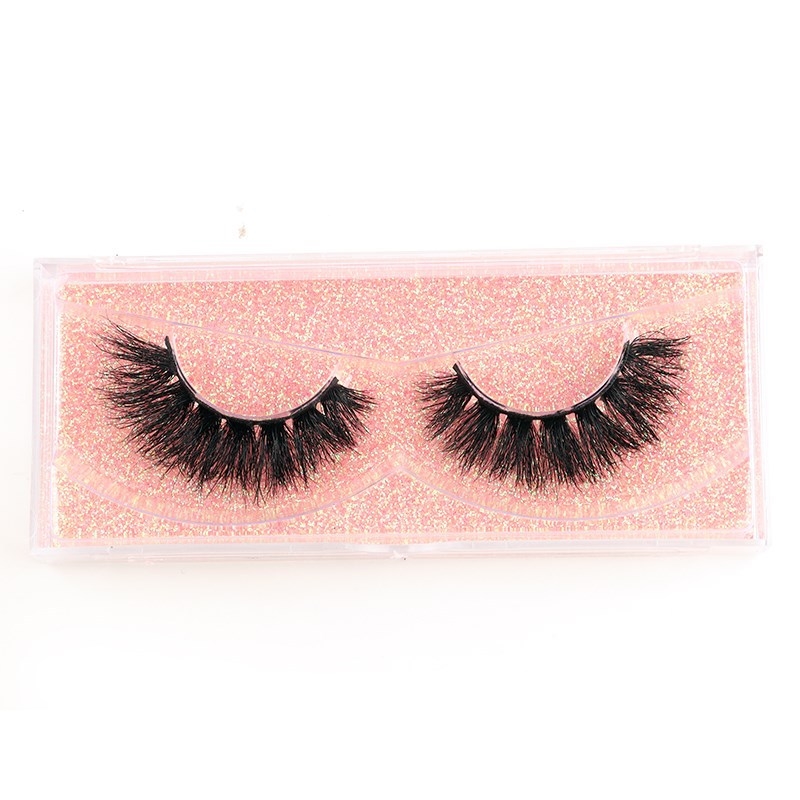
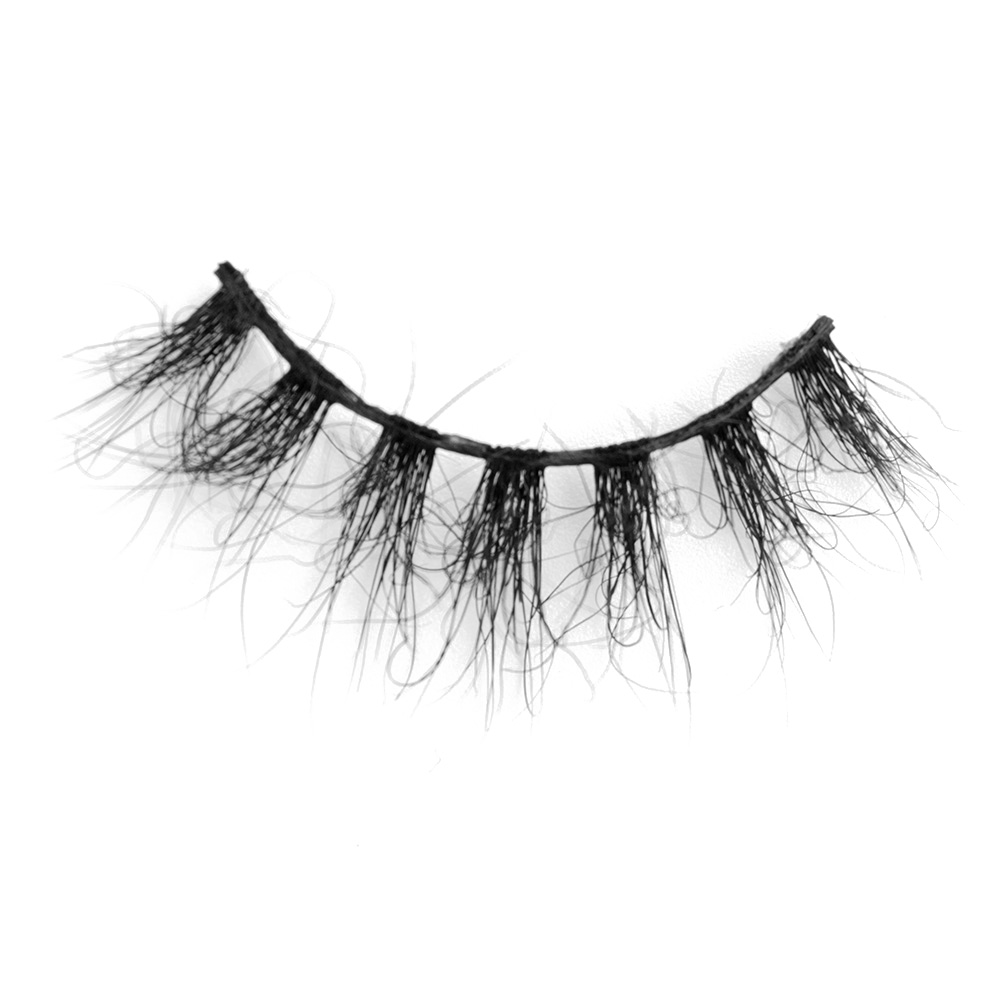
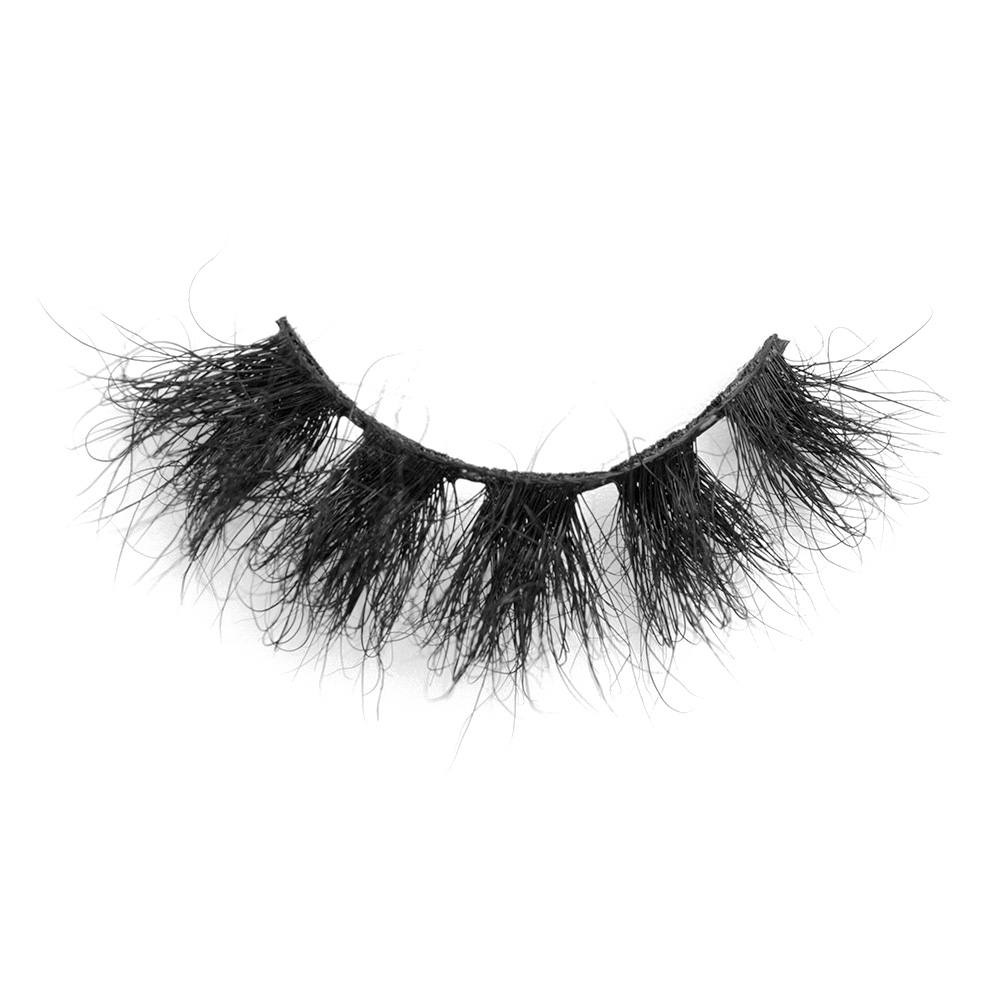

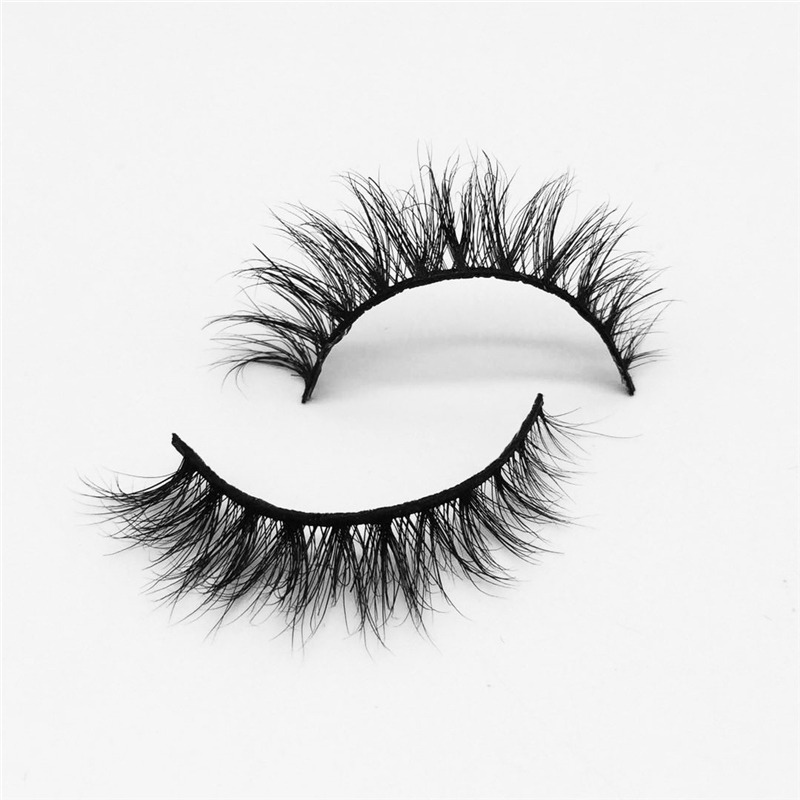

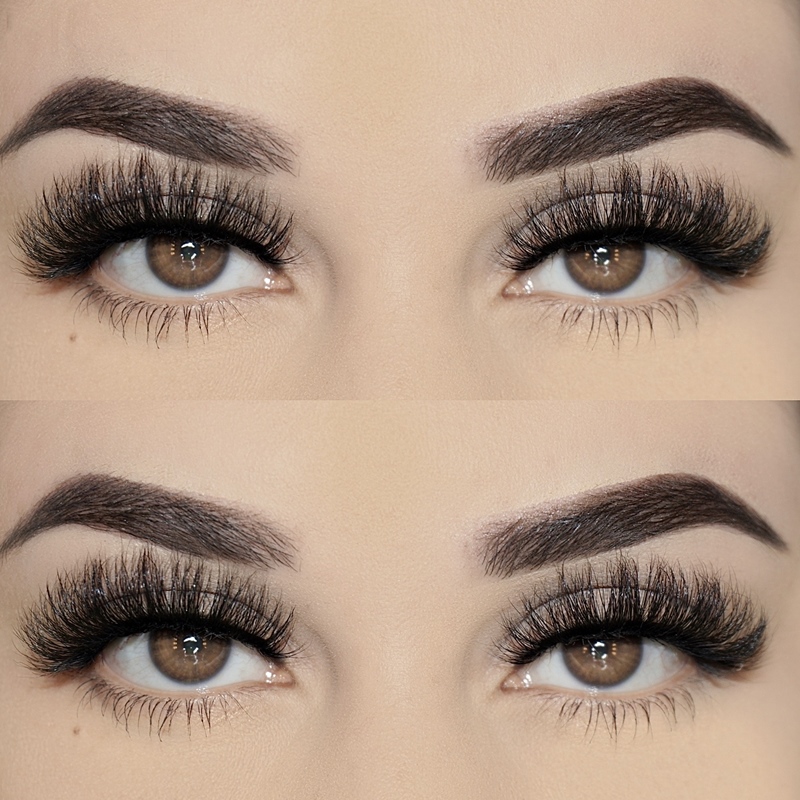
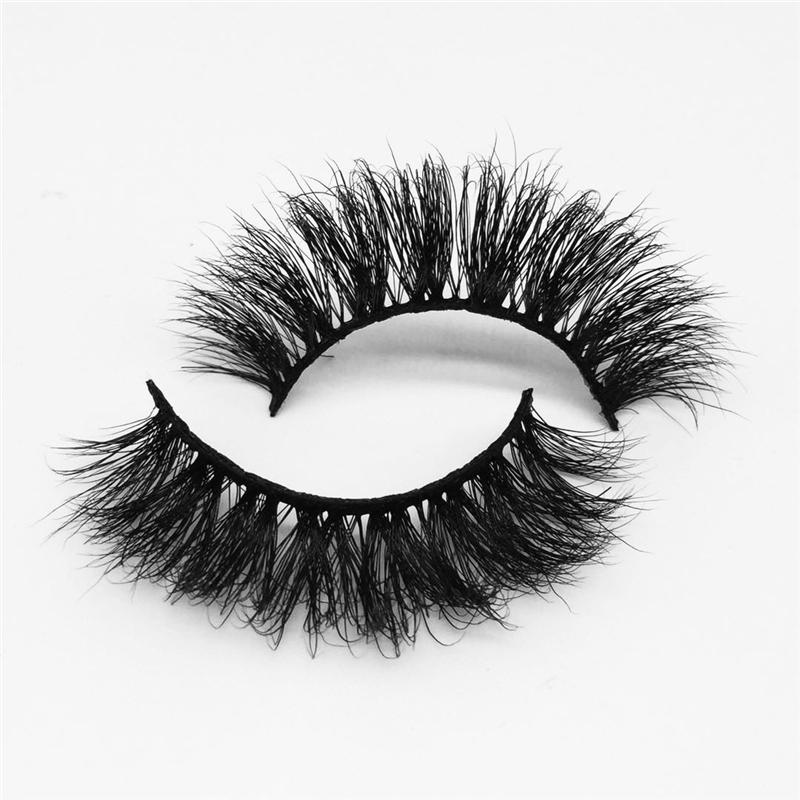
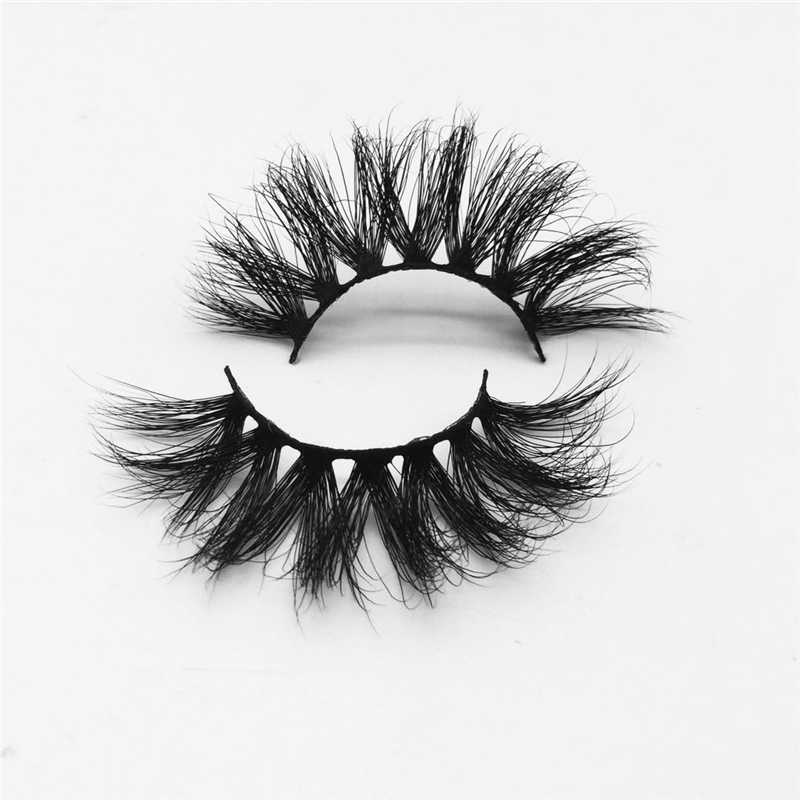


Mink Lashes,3D Mink Lashes,Mink Strip Lashes,Reusable Mink Lashes
Zhengzhou Cuka Electronic Commerce Co., Ltd. , https://www.cukeyelashes.com